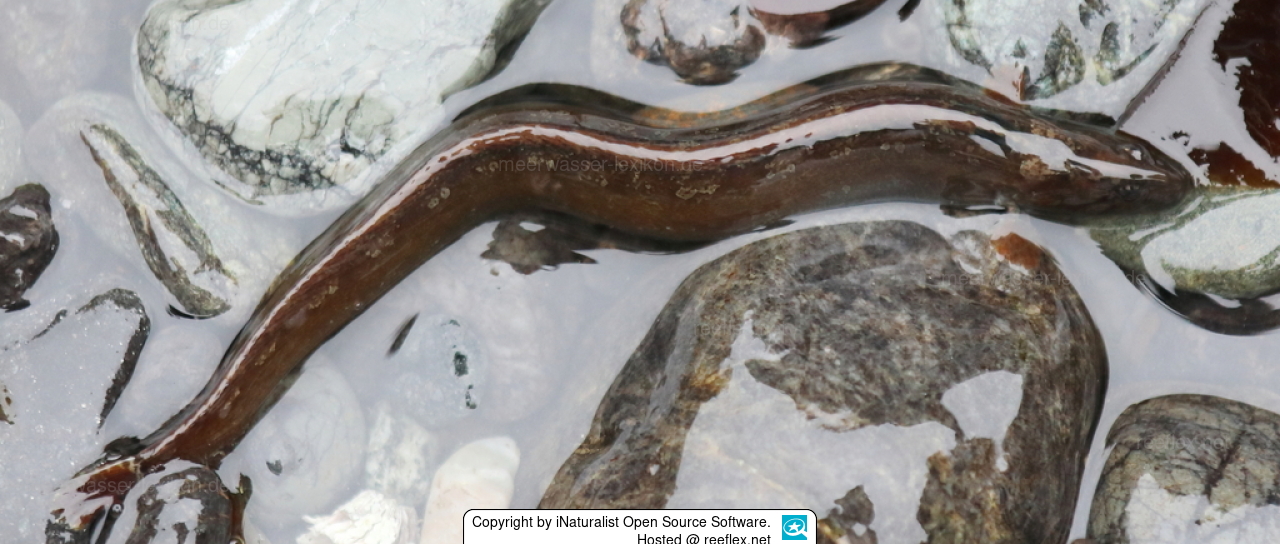Info
The body of Anoplarchus insignis is slender, the head has a low crest.
The teeth are present in narrow bands on the jaw, vomer and palate, the outer rows on the jaws enlarged, largest in the anterior region.
Spiny dorsal caudal fin rounded; pectoral fin pointed, with 9 rays.
The posterior half of the body has circularly embedded, barely scaly scales.
Color: olive-brown, lighter on ventral side; on the back along the base of the dorsal fin a row of 19 irregular V-shaped grayish spots,
on the back along the base of the dorsal fin; a row of irregular light spots along the middle of the sides; a dark spot at the origin.
Anoplarchus insignis is able to breathe air in very shallow zones with little seawater.
Jumping guard
A jumping guard prevents (nocturnal) fish from jumping out.
Wrasses, blennies, hawkfishs and gobies jump out of an unprotected tank in fright if their night rest is disturbed, unfortunately these jumpers are found dried up in the morning on carpets, glass edges or later behind the tank.
https://www.korallenriff.de/en/article/1925_5_Jump_Protection_Solutions_for_Fish_in_the_Aquarium__5_Net_Covers.html
A small night light also helps, as it provides the fish with a means of orientation in the dark!
The teeth are present in narrow bands on the jaw, vomer and palate, the outer rows on the jaws enlarged, largest in the anterior region.
Spiny dorsal caudal fin rounded; pectoral fin pointed, with 9 rays.
The posterior half of the body has circularly embedded, barely scaly scales.
Color: olive-brown, lighter on ventral side; on the back along the base of the dorsal fin a row of 19 irregular V-shaped grayish spots,
on the back along the base of the dorsal fin; a row of irregular light spots along the middle of the sides; a dark spot at the origin.
Anoplarchus insignis is able to breathe air in very shallow zones with little seawater.
Jumping guard
A jumping guard prevents (nocturnal) fish from jumping out.
Wrasses, blennies, hawkfishs and gobies jump out of an unprotected tank in fright if their night rest is disturbed, unfortunately these jumpers are found dried up in the morning on carpets, glass edges or later behind the tank.
https://www.korallenriff.de/en/article/1925_5_Jump_Protection_Solutions_for_Fish_in_the_Aquarium__5_Net_Covers.html
A small night light also helps, as it provides the fish with a means of orientation in the dark!







 iNaturalist Open Source Software
iNaturalist Open Source Software


